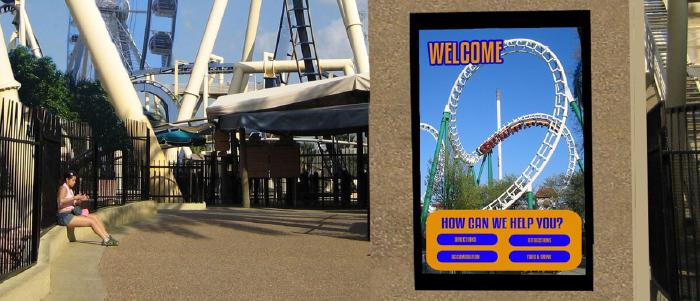
Nov 9 2023
5 min read


With digital signage making waves in the hospitality industry, hotels refuse to be left behind. And those in Singapore have become the gold standard with their innovative strategies and quick thinking.
In this article, we will dive into five ways hotel digital signage in Singapore has helped improve guest experiences and streamline operations. But before that, here is a quick overview of what digital signage is and how it can benefit hotels in the long run.
Hotel digital signage is a modern way to communicate and engage with customers. It involves the installation and use of digital signage displays like dynamic screens and interactive kiosks. From wayfinding to displaying key information like hotel amenities, these displays are useful tools to have in any hotelier’s arsenal.
Additionally, digital signage displays serve as a powerful branding and promotional vehicle while simultaneously championing environmental sustainability. Many hotels also use digital signage to solicit feedback from guests through interactive surveys or comment boxes.
Check it out: 7 Hotel Digital Signage Trends To Watch Out For In 2023
To stay ahead of competitors, hotels must up their game by adapting to today’s tech-driven world. Digital signage is one such tool they can use to create more immersive experiences for guests while improving their bottom line. Here are 7 advantages hotels stand to gain with hotel digital signage:
Hotel digital signage serves as the cornerstone of an elevated guest experience, offering swift access to important information. With a couple of taps, guests can find details about check-in and check-out times, explore the hotel’s facilities, and discover local attractions. They can also make service requests, book spa treatments, or make restaurant reservations. The result? Satisfied customers who are likely to keep coming back.
Streamlining hotel operations is a breeze with digital signage. Imagine having the ability to display, update, and customize content in real time according to changing guest needs or events. This saves time and reduces costs associated with printing and distributing physical materials like brochures and menus.
Moreover, the energy efficiency of digital displays — especially when compared to traditional signage and printed materials — contributes to cost savings and environmental sustainability. This makes it an attractive option for hotels looking to optimize their operational efficiency.
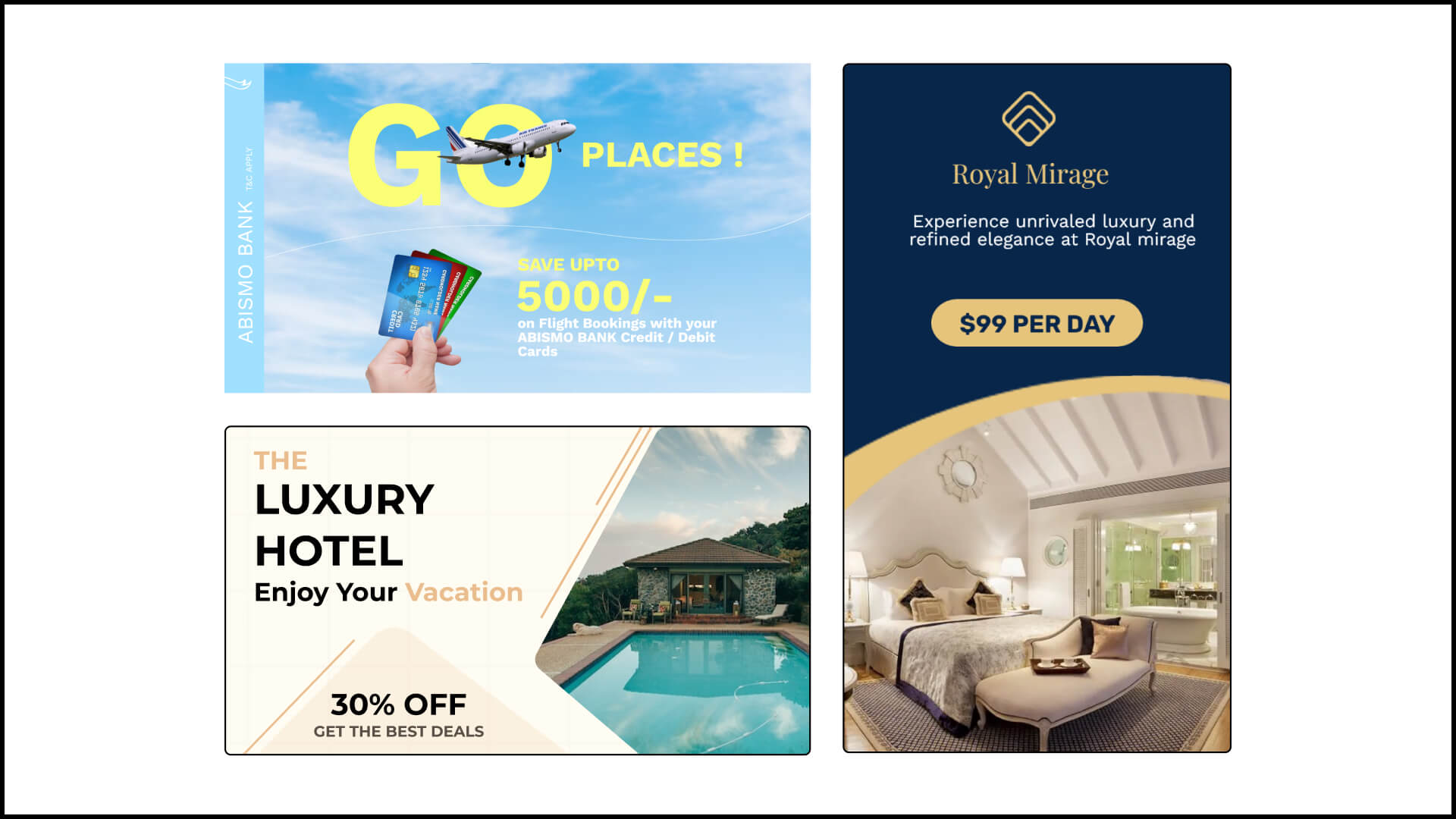
Capturing mind share and boosting revenue is the top priority for brands today. And digital signage is a great way to do it. By delivering messages in a familiar and high-quality form, such displays allow marketing teams to promote hotel services, special offers, and partner businesses.
This will ultimately grab eyeballs with instantly updateable, targeted visual communication that is informative and engaging. In turn, it can potentially increase revenue through upselling services or directing guests to on-site amenities.
By using these platforms, hotels find it easier to maintain a consistent brand image through design elements, logos, and themes. Additional revenue is also on the table, as these signage can display advertisements for local businesses, nearby attractions, or services.
To foster brand loyalty and repeat business, engaging guests in a dynamic and interactive way is vital. Digital signage does this by providing guests with information, entertainment, and convenience — which ultimately gives them a more immersive experience. You can also use digital displays to collect feedback through surveys and develop a deeper understanding of their satisfaction levels.
Customer expectations are in a constant state of flux. With digital signage, you can adapt to these needs by tailoring content to different guest profiles, events, and seasonal changes. This versatility ensures that information remains relevant and appealing.
Traditional paper-based signage, brochures, and menus often require a substantial amount of paper, ink, and energy for printing and distribution. As society becomes increasingly eco-conscious, digital signage helps hotels meet their sustainability goals by reducing the need for paper usage.
It also minimizes waste associated with printed materials as content can be updated electronically. This eliminates the need for discarding outdated content.
Want to know the cost of owning digital signage screens? Here is a guide
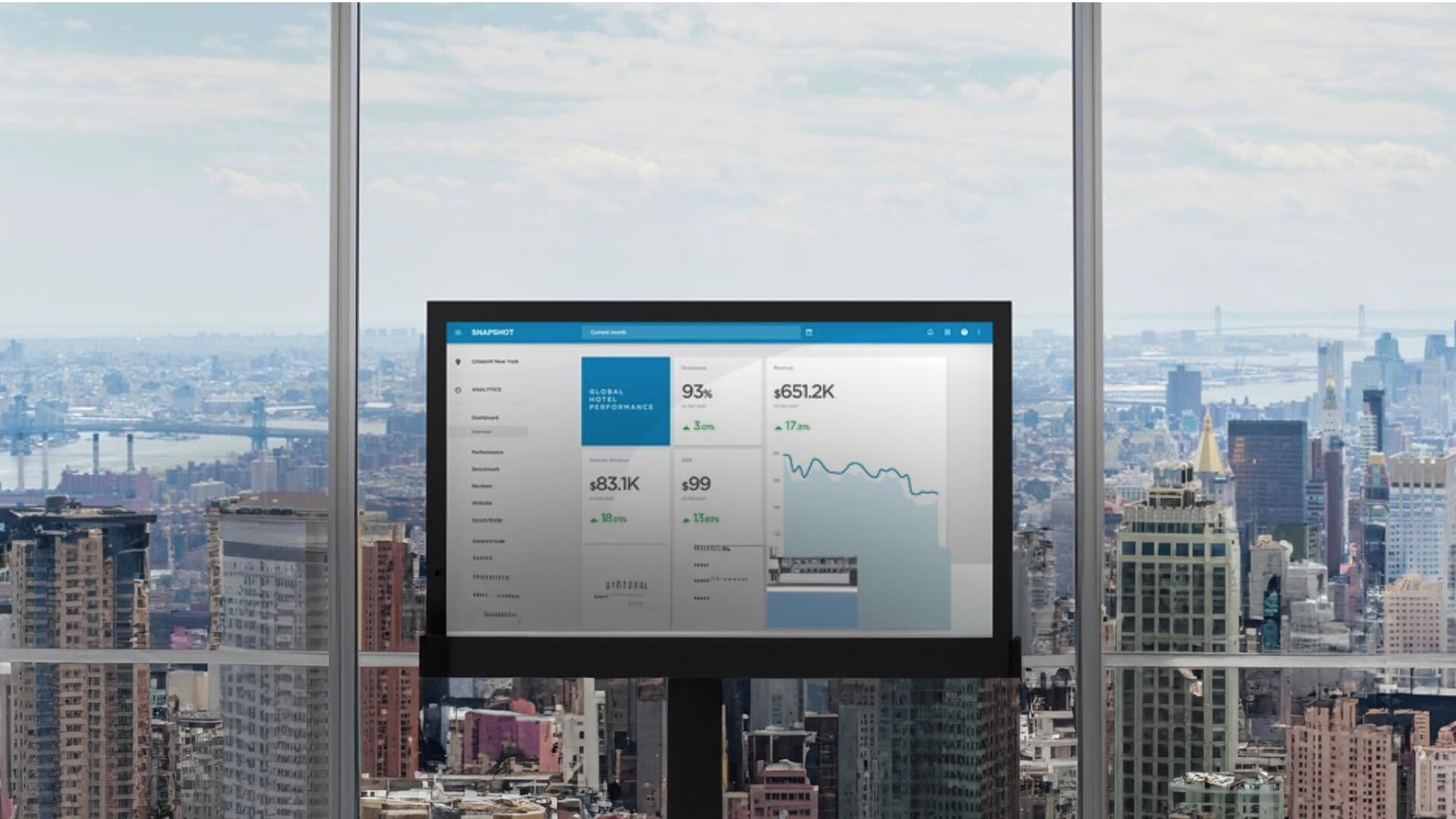
Considering the plethora of advantages offered by digital signage, it is no surprise that hotels from all over the world are jumping on the bandwagon. Singapore is a prime example of how digital displays are revolutionizing the hospitality industry as we know it.
In the following section, we will dive deeper into the state of hotel digital signage in Singapore, how hotels are using it, and a few examples. Read on.
From bustling Chinatown to the serene Sentosa Island, digital signage is everywhere. In hotels especially, it plays a vital role. From helping guests navigate unfamiliar areas to aiding the check-in process and displaying key information. Here are 5 of the top use cases for hotel digital signage in Singapore.
Checking in to a hotel is a hassle and a half for most customers. Long wait times, paperwork, and even language barriers are frustrating. Especially after a tiring journey. By using digital signage, hotels can elevate the check-in experience — making it feel like a VIP service without the premium price tag.
Think about it this way:
Check-in kiosks are like having a personal concierge at your fingertips. Guests can choose their preferences, room upgrades, and amenities with the click of a button.
These systems make for a faster check-in process and are accessible 24/7. And by reducing the need for manpower, they are also cost-effective in the long run.
Take a page from M Social’s playbook. Designed by French architect, Philippe Starck, it was the first to provide a self-check-in service with hotel digital signage in Singapore. With interactive, touch-screen kiosks installed in the lobby, guests can complete the entire checking-in process digitally. This applies to both online reservations and walk-in patrons.
All they need to do is enter booking details, provide their personal information, and voila! A room gets assigned to them with no human intervention. They can simply collect their keys from the terminal’s dispenser. The kiosk also displays information on total booking fees and lets you swipe your credit card to complete payment.
In Singapore, many hotels use digital signage to amp up their ambiance. One commonly used technique is thematic decor. This is when displays are used to set a specific theme or mood. For example, you may see animations of reindeer and elves to bring in the Christmas spirit. Or snazzy visuals of cocktails and disco balls during a party night.

Some high-end hotels also use digital signage to display high-quality digital reproductions of famous artworks. Van Gogh’s famous painting The Starry Night is a popular favorite that was shown at Resorts World Sentosa.
Many hotels in Singapore provide conference and event facilities. They use digital signage to display real-time updates on meeting schedules, room availability, and event details.
This comes in handy for business travelers, who can instantly get an overview of where they need to be and when. These hotels also use digital signage to convey emergency information and safety instructions like evacuation routes to guests.
Since digital signage can display dynamic content, Singaporean hotels often use it to update their menus in real time. This allows them to reflect changes in offerings, seasonal specials, or limited-time promotions.
It is also useful for dayparting, where the menu boards automatically switch between menus based on the time of day. For example, hotels can display breakfast items in the morning, lunch options during the day, and dinner choices in the evening.
Finding your way through unfamiliar territory is easier said than done. By installing digital signage on the premises, hotels can display maps and directories to help guests get a lay of the land. They can also have access to public transportation options, helping them navigate surrounding areas more easily.
The hotel, DAO by Dorsett AMTD Singapore, has put a creative spin on the wayfinding use case by setting up digital signage outside the hotel. Emblazoning its name this way helped guests identify and locate the hotel, even from a distance.
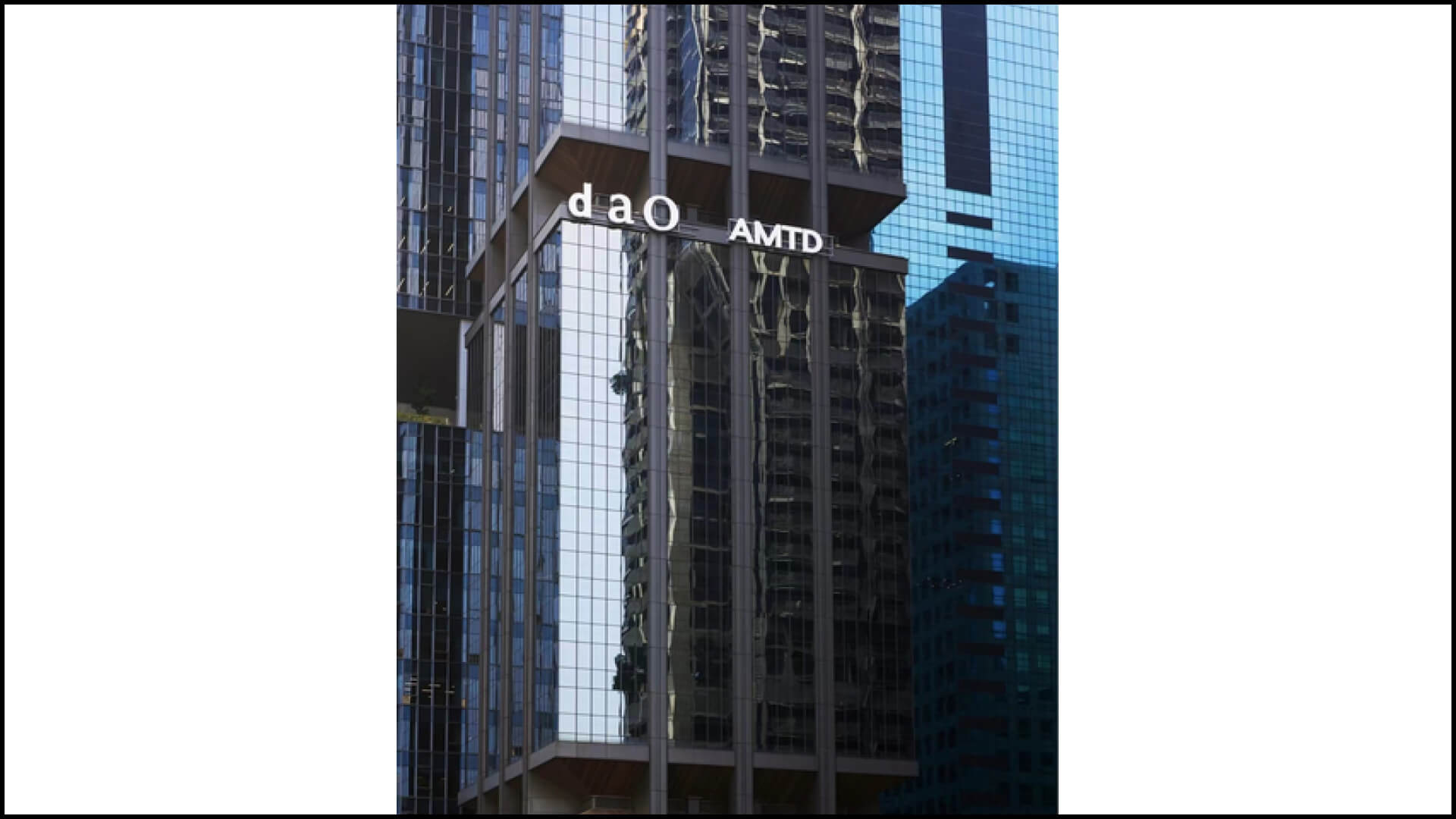
Hotel digital signage is a multifaceted tool that elevates guest experience while contributing to cost savings, revenue generation, operational efficiency, and more. Looking to implement this powerful technology in your business? Reach out to the Pickcel team today for actionable insights.

Nov 9 2023
5 min read

Jul 17 2023
9 min read

Jun 22 2023
7 min read
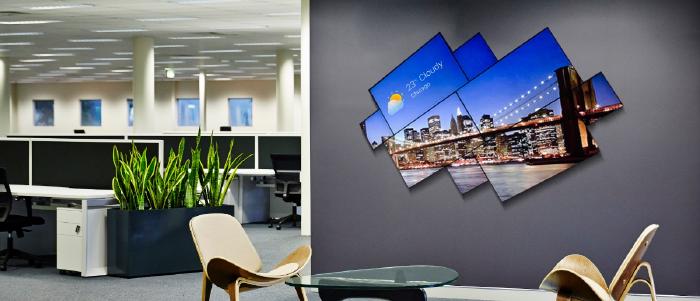
Aug 9 2022
8 min read
Take complete control of what you show on your digital signage & how you show it.
Start Free Trial Schedule My Demo